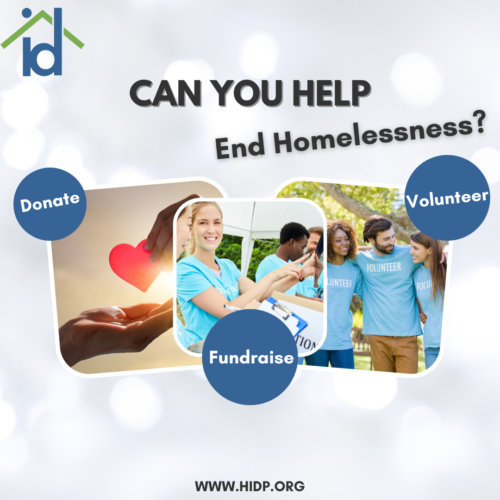The Key Campus (formerly the Human Services Campus) and each of its partners, including Homeless ID Project, are good places to help. There are opportunities to help, large, small, and anywhere in between. Everything from a bottle of water to a very large check is both needed and appreciated. Volunteers are always needed. I promise that whatever help you are able to provide will make a difference and will be sincerely appreciated.
If you are looking for a way to help our homeless population and don’t know where to help, start here by signing up for a tour of the Campus. The tour will take about an hour or so on a weekday morning. For most, this time spent with us lands somewhere between inspirational and life-changing. You’ll see many ways and places to help. It may even resuscitate your faith in humanity.


I currently help in a soup kitchen as well as a pantry. My passion is to be able to do more for the homeless. So often they are misunderstood and judged. We have no idea what brought them to be homeless. We need to have compassion for them, they are human just as we are and homelessness can happen to anyone.
This is so true. Thank you for serving the way you do! 💓